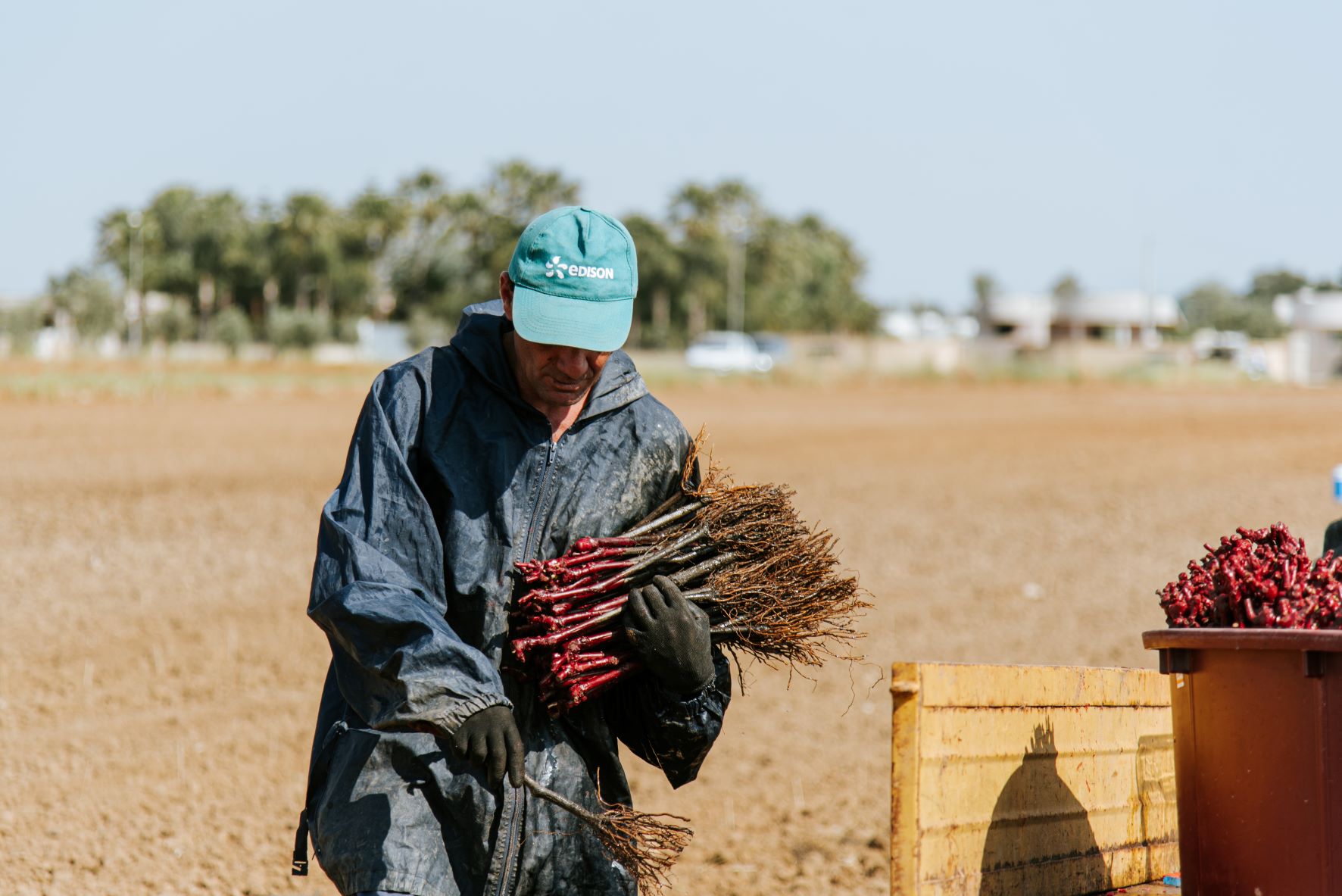Oidium, Peronospora and other fungal diseases are a daily threat to our viticulture, and suffice it to say that these, together with the dreaded Phylloxera, almost destroyed the European viticultural heritage in the second half of the 19th century.
It was precisely for this reason that, in those years, the first experiments of crossbreeding between vines that had the strength of the American plant and the organoleptic qualities of the European plant began in France. At that time, however, the goal was to create sturdy ungrafted vines, something that was not possible. Today, these varieties are now known as Piwi, from the German Pilzwiderstandfähig, which translates as “fungus resistant”.
Large quantities of fungicides are used in viticulture to prevent possible infestations and to make sure that the grapes can be harvested; according to the EU statistical office EuroStat, more pesticides are used, per hectare and year in the vineyard, than any other European agricultural products. To escape the proliferation of fungi in the vineyard, in fact, the main solutions are: pesticides, or the application of copper and sulphur.
The choice of PIWI vines does not completely rule out the use of treatments, or the elimination of risks (even other kinds such as viruses or insects), nor is it possible to disregard the possibility that fungi, in the future, could mutate to become harmful also for these varieties. Nevertheless, PIWI vines have a very high resistance to fungal diseases, meaning that the use of pesticides can be significantly reduced, and this is why they are considered the most ecological choice.
To date, Piwi vines are produced directly in the vineyard and not in the lab, even if the selection process is extremely long, for example the experiment with the Regent vine, which was the first resistant vine to be marketed, took more than thirty years.
Currently, Piwi vines are already distributed internationally, both in the United States and Europe, and in Italy they can be found mainly in Lombardy, Friuli Venezia Giulia, Veneto, and Trentino Alto Adige. Moreover, it is precisely with the aim of making this choice known, spreading its cultivation and promoting an exchange between growers and Research Institutes, that the “PIWI International” association was founded in 2000.
As you can imagine, the Piwi issue still raises some suspicion and questions, and it is only in recent years that this choice has gained popular consensus; probably in the coming years, we will hear much more about these resistant grape varieties, to the point that they will be fully integrated into our wine industry.
I would suggest, however, that you always seek your own point of view, the result of study, tasting and personal evaluations, to avoid following trends that may not reflect our personal taste; indeed, only a choice made with proper seriousness has the honour of being able to call itself such.
Ilaria Giardini per Tenuta Liliana




